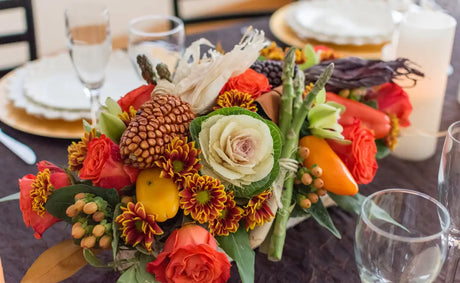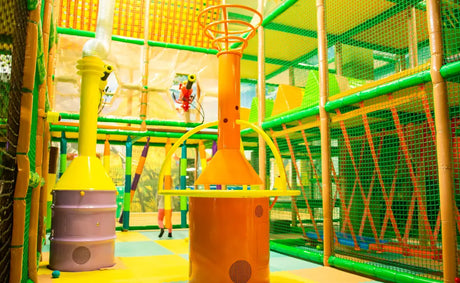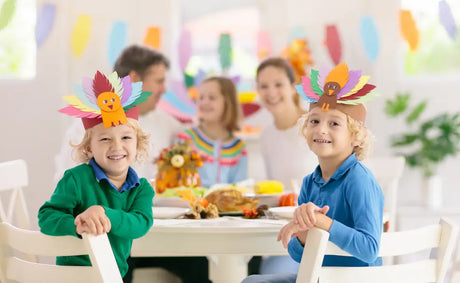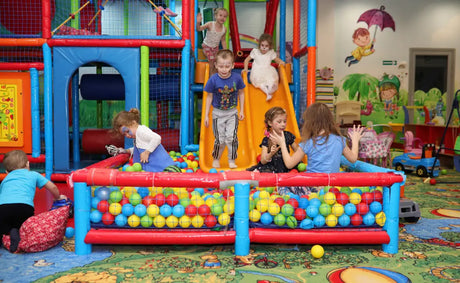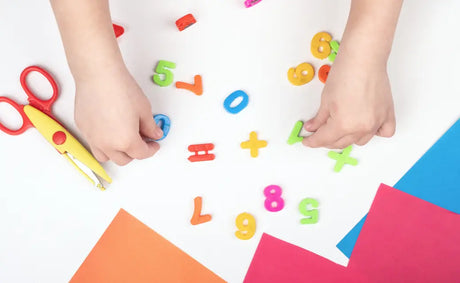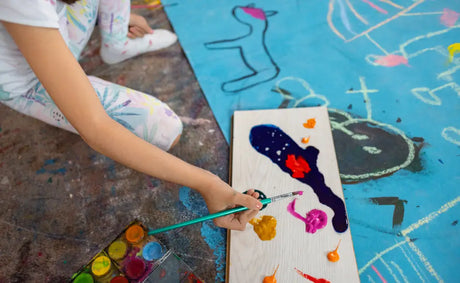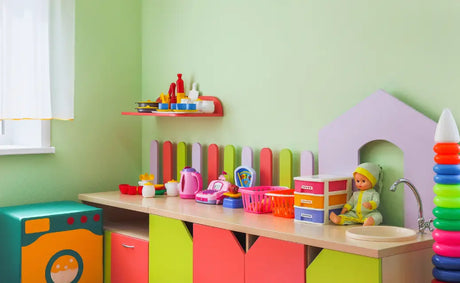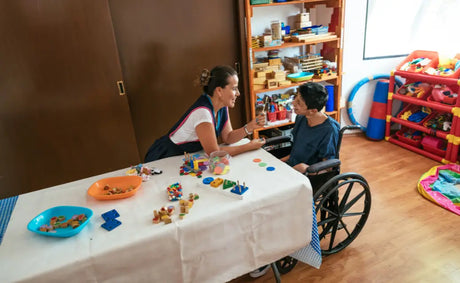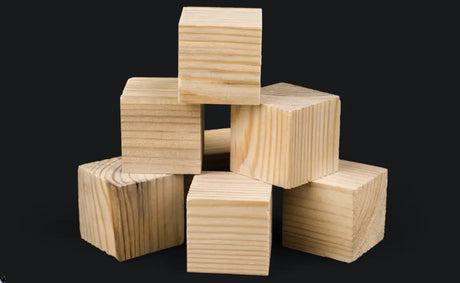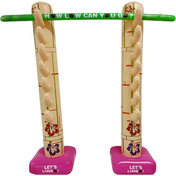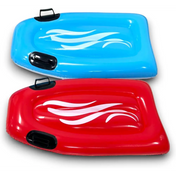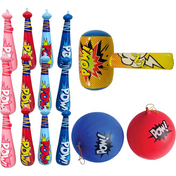Sensory play is an essential part of children's development, allowing them to explore the world through touch, sight, and even smell. It helps develop fine motor skills, encourages creativity, and supports cognitive growth by engaging multiple senses at once.
Creating a Thanksgiving-themed sensory play area is a fun and educational way for kids to explore the textures, colors, and objects related to the holiday. From the feel of dried corn kernels to the sight of colorful fall leaves, sensory bins can bring the Thanksgiving season to life. Not only does this activity keep kids engaged, but it also offers a chance to introduce them to Thanksgiving traditions in a hands-on, festive way.
1. Choosing the Right Sensory Materials for Thanksgiving
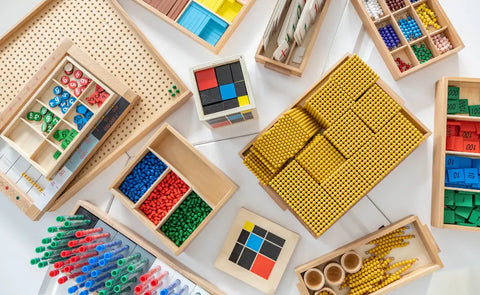
When setting up a Thanksgiving-themed sensory bin, it's important to choose safe materials, child-friendly, and stimulate the senses with a variety of textures and colors. Dried corn kernels, fake leaves, mini pumpkins, and gourds are great options that fit the holiday theme. These items not only add visual appeal but also provide interesting textures for kids to explore.
For a more natural feel, you can include elements like acorns, pinecones, and straw, which bring a touch of nature to the sensory play area. These materials encourage children to engage with objects they might find outside, adding an authentic and educational aspect to the experience.
If you want to make the sensory bin even more interactive, consider using edible sensory items. Things like dried cranberries, oatmeal, or even mashed potatoes can provide a fun, hands-on experience while introducing children to different textures and tastes, making the activity both playful and safe for younger kids.
2. Creating a Safe and Organized Sensory Play Space
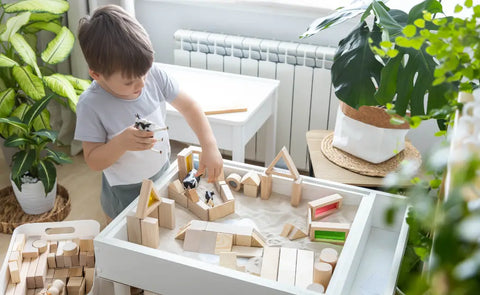
Safety is key when setting up a sensory play area, especially for younger children. Ensure that all materials are non-toxic, age-appropriate, and free from small pieces that could pose a choking hazard. Always double-check that the items are safe to handle, especially if you’re incorporating edible elements into the sensory bin.
To keep the space organized, use storage bins or trays to separate the different sensory materials. This setup not only makes it easier for kids to access various items but also simplifies clean-up afterward. Consider placing a soft mat or blanket underneath the play area to provide comfort and prevent spills from making a mess.
While it's important to allow kids to explore and be creative, monitoring the sensory play space helps keep everything safe and orderly. Encourage children to engage with the materials independently, but be sure to supervise to ensure they are using the items properly and to maintain a clean and safe environment.
3. Incorporating Thanksgiving Colors and Themes

Using Thanksgiving-themed colors like oranges, yellows, browns, and reds helps create a warm, festive atmosphere in the sensory play area. These colors not only reflect the autumn season but also make the space visually appealing and engaging for children.
To enhance the Thanksgiving theme, consider adding symbolic elements like turkeys, cornucopias, and autumn leaves. These symbols can be incorporated as small toys, stickers, or even cut-outs placed in the sensory bin, providing an immersive experience that connects children with the holiday traditions.
For added creativity, use themed containers or baskets with a rustic, harvest-inspired design to store the sensory materials. Items like wicker baskets or wooden crates can tie the entire setup together, making it both festive and functional, while enhancing the overall Thanksgiving feel of the play space.
4. Engaging All Five Senses

A Thanksgiving-themed sensory play area can stimulate all five senses, creating a rich, immersive experience for children. Start with sight, by using vibrant fall colors like orange, red, and yellow to make the space visually engaging. For touch, incorporate a variety of textures, such as soft feathers, smooth pumpkins, or bumpy gourds, allowing children to explore different sensations.
To engage sound, you can add items like dried leaves that rustle when touched or small bells that make gentle noises, adding another layer of sensory play. For smell, consider including fragrant materials like cinnamon sticks or pumpkin-scented play dough, which evoke the comforting aromas of the holiday season.
Finally, you can safely engage the sense of taste by including edible elements, such as taste-safe dough or sensory bins filled with dried fruits like raisins and cranberries. These edible items allow children to explore textures and flavors while keeping the activity fun and safe.
5. Incorporating Themed Activities into Sensory Play
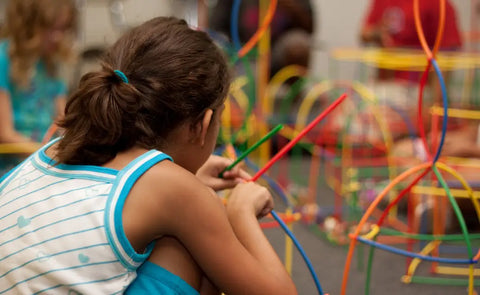
Thanksgiving-themed activities can make sensory play even more fun and engaging. One idea is to create a “cornucopia” basket, where children can fill it with various objects like dried corn, beans, or miniature pumpkins. This encourages hands-on exploration and helps them learn about traditional Thanksgiving symbols.
For a creative twist, let kids build small “turkey” figures using feathers, pipe cleaners, and play dough. This combines sensory exploration with art, allowing them to experiment with different textures while expressing their creativity.
Incorporating simple counting and sorting games can also boost cognitive skills. Encourage children to categorize items by size, color, or texture—such as separating dried corn from beans or grouping items by color. These activities not only engage their senses but also enhance their problem-solving and organizational skills in a fun, playful way.
6. Encouraging Social Play and Interaction
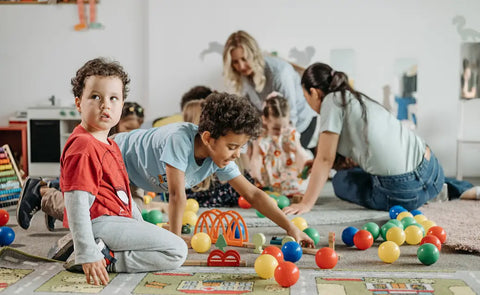
Setting up a sensory play area to promote social interaction can make the experience more engaging and collaborative for children. You can create space for multiple kids to explore together, allowing them to pass objects back and forth or work on shared activities, such as filling a basket with sensory items like leaves or mini pumpkins.
Guide children through sharing and taking turns by encouraging them to talk about their sensory experiences. Ask questions like “How does this feel?” or “What does this smell like?” to help develop their communication skills while they play.
To spark creativity and imagination, suggest storytelling or role-playing with Thanksgiving-themed characters, such as pilgrims, Native Americans, or turkeys. Children can act out scenes, create their own stories, or pretend to host a Thanksgiving feast, encouraging both social interaction and creative expression.
7. Incorporating Learning Opportunities

Thanksgiving-themed sensory play can be a great way to include educational activities while having fun. You can incorporate counting games, such as asking children to count how many mini pumpkins or dried corn kernels they have in their sensory bin. Encourage them to match colors or sort items by texture or weight, helping to improve their problem-solving and categorization skills.
To introduce a bit of history, use sensory items like miniature pilgrims, Native Americans, and ships to teach children about the story of Thanksgiving. As they explore the items, you can share simple facts and create a narrative that makes learning both interactive and engaging.
Additionally, sensory play is a wonderful opportunity to expand a child’s vocabulary. Name the objects and textures they’re interacting with—such as "smooth gourd" or "bumpy acorn"—to help them learn new words and describe what they’re experiencing. This approach encourages language development while keeping the playtime fun and educational.
8. Transitioning from Sensory Play to Thanksgiving Traditions
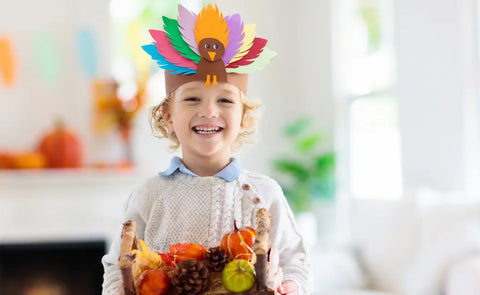
The Thanksgiving-themed sensory play area can serve as a fun bridge to introduce children to real Thanksgiving traditions. For example, after playing with mini pumpkins and dried corn in the sensory bin, children can move on to decorating real mini pumpkins or creating handprint turkeys as part of the holiday's craft traditions. This helps them see the connection between play and the actual holiday activities.
Simple tasks like preparing small snack plates that mirror the sensory materials—such as dried cranberries or mashed potatoes—can also help kids understand the role of food in Thanksgiving. This hands-on activity can be both fun and educational, as they learn about the holiday meal.
As they engage in these sensory activities, parents or caregivers can take the opportunity to discuss the meaning of Thanksgiving, including themes of gratitude and togetherness. This will not only deepen their understanding of the holiday but also make the sensory play experience more meaningful.
Conclusion
Creating a Thanksgiving-themed sensory play area offers a wonderful way to engage children’s senses while introducing them to the themes of the holiday in a fun and educational manner. Through textures, colors, and creative activities, children can explore the spirit of Thanksgiving in a hands-on way that encourages creativity and curiosity.
This type of play setup also provides valuable opportunities for social interaction and learning, making it a meaningful part of the holiday celebration. Whether it's crafting turkeys, counting mini pumpkins, or exploring different textures, a sensory play area can bring the whole family together for a memorable and enriching Thanksgiving experience.
Check out our exciting collection of trendy and unique novelty toys! Discover fun gifts and accessories by visiting our novelty toy collection at 4E's Novelty today!


